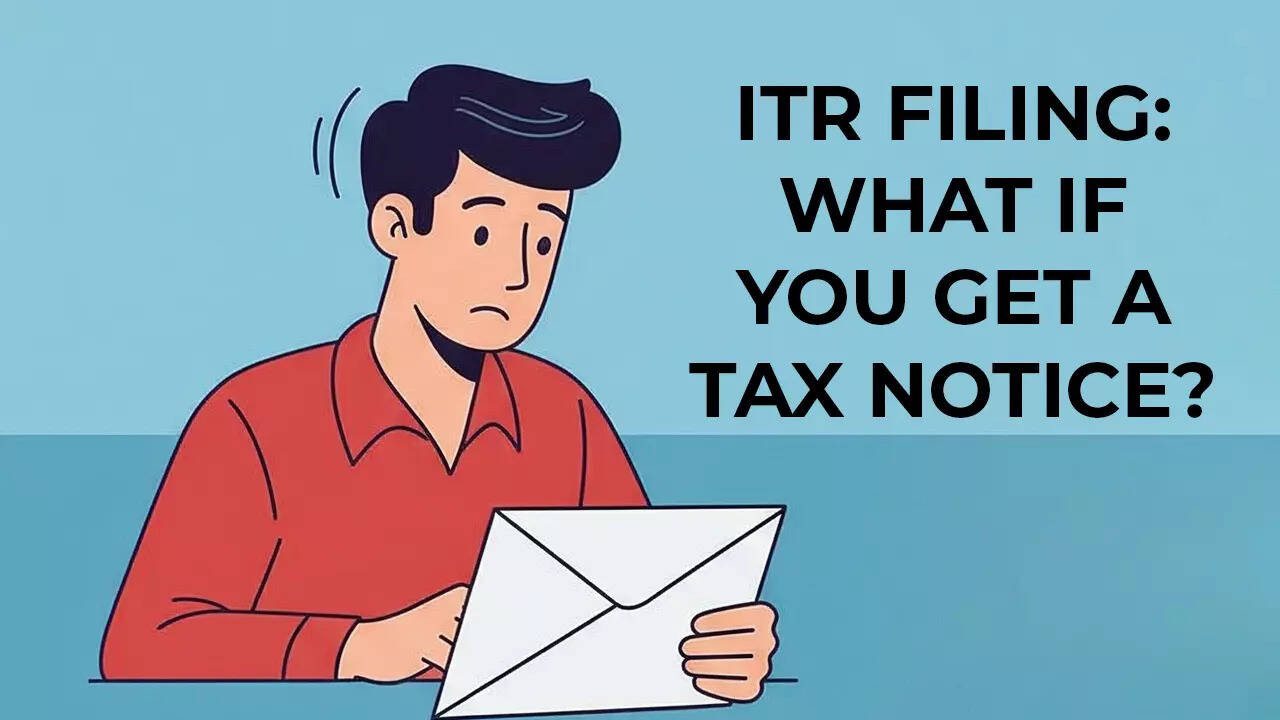As the ITR filing season for FY 2024-25 begins, understanding potential Income Tax Department notices is crucial. Ignoring deadlines or inaccuracies in 26AS & AIS can lead to penalties. Prompt action, accurate documentation, and expert consultation when needed are essential for a stress-free compliance.
Okay, let’s ditch the jargon and get real about those pesky income tax notices. Nobody likes getting one, but let’s face it, they happen. And ignoring them? That’s like ignoring a leaky faucet – it might seem minor now, but it’ll flood your house later.
So, you ripped open that envelope (or, more likely, saw the email land in your inbox) and there it was: an income tax notice. Panic sets in, right? Visions of endless paperwork and stern-faced officials dance in your head. But hold on a second. Let’s break this down and understand what’s actually going on.
Think of it like this: The Income Tax Department is essentially saying, “Hey, we need to chat about your taxes.” It’s a conversation starter, not necessarily a declaration of war. The key is understanding what they want to talk about.
Decoding the Tax Tango: Common Notice Types
The tax department isn’t a monolith; they send out different types of notices for different reasons. Knowing which one you’ve received is the first (and arguably the most important) step. Here are a few of the usual suspects:
* Section 143(1): The ‘Basic Sanity Check’ Notice: This is the most common type and often the least scary. It’s essentially a summary intimation. The department is just letting you know they’ve processed your return and highlighting any discrepancies they found between what you declared and what they have on record (think pre-filled information from your Form 26AS or Annual Information Statement). This could be a mismatch in your income, deductions, or tax credits. Often, it’s a simple error that can be corrected quickly. Maybe you accidentally transposed a number when entering your PAN. It happens!
* Section 139(9): The ‘Oops, Something’s Missing’ Notice: Think of this as a gentle reminder. The department believes your return is defective. Maybe you forgot to fill in a mandatory field, didn’t sign the ITR-V, or failed to provide supporting documents for a deduction you claimed. It’s like handing in a homework assignment that’s incomplete.
Action Required: Rectify the defect! The notice will clearly state what’s missing or incorrect. Fix it within the specified time frame (usually 15 days), and you’re good to go. Ignoring this one can lead to your return being deemed invalid, which is definitely* something you want to avoid.
* Section 142(1): The ‘Show Us Your Proof’ Notice: This is where things get a little more serious. The department is requesting more information or documentation to support your income, deductions, or exemptions. They might be questioning a specific claim or simply conducting a more thorough review. Think of it as them asking you to “show your work” for a particularly complicated math problem.
* Action Required: Provide the requested information promptly and accurately. This might involve gathering bank statements, investment records, salary slips, or any other relevant documentation. If the request is unclear or you need more time, don’t hesitate to contact the assessing officer (AO) and explain your situation. Communication is key here.
* Section 148: The ‘We Think You Underreported’ Notice: This is the one nobody wants to see. It signals that the department believes you’ve underreported your income. This could trigger a reassessment of your income and potentially lead to penalties.
* Action Required: This is where you need to take immediate and serious action. Consult with a tax professional immediately. Don’t try to navigate this one alone. You’ll need to review your records, understand the basis for the department’s suspicion, and formulate a response.
Don’t Panic, But Don’t Procrastinate Either
Key takeaways:
* Read the Notice Carefully: Understand what the department is asking for and the deadline for responding.
* Gather Your Documents: Organize all relevant records to support your claims.
* Respond Promptly: Don’t delay. Timely responses demonstrate good faith and can help resolve the issue quickly.
* Communicate with the AO: If you have questions or need clarification, don’t hesitate to contact the assessing officer.
* Seek Professional Help: If you’re unsure about how to respond or the notice is complex, consult with a tax professional.
Ultimately, dealing with an income tax notice is about understanding, responding, and, where necessary, seeking expert help. It’s a part of being a responsible taxpayer. So, take a deep breath, grab a cup of coffee, and get to work. And remember, ignoring the problem won’t make it disappear. Addressing it head-on is the best way to protect yourself and your financial well-being. Good luck!
📬 Stay informed — follow us for more insightful updates!







